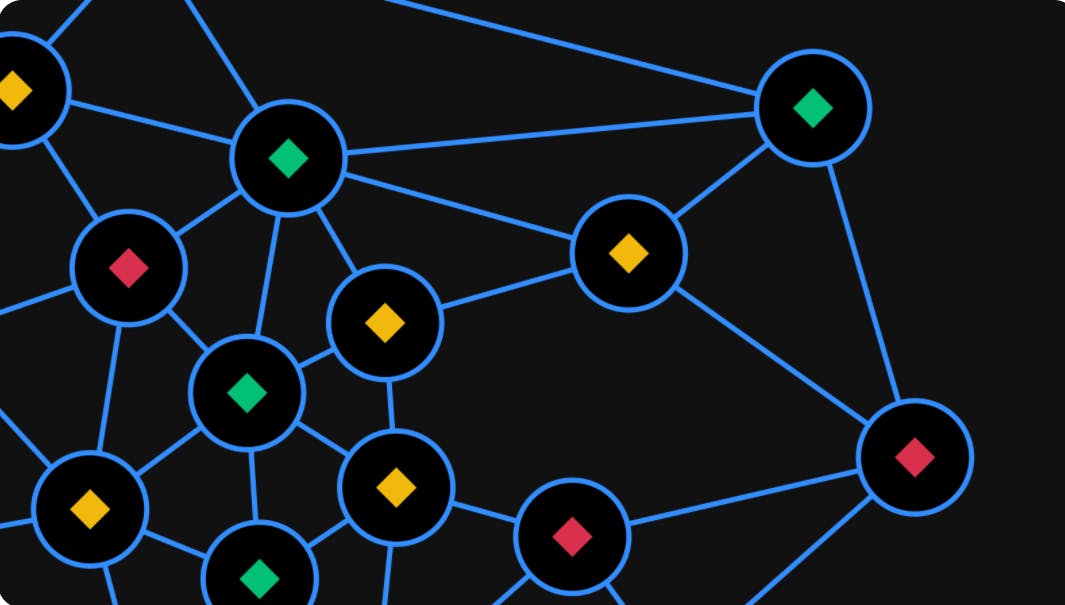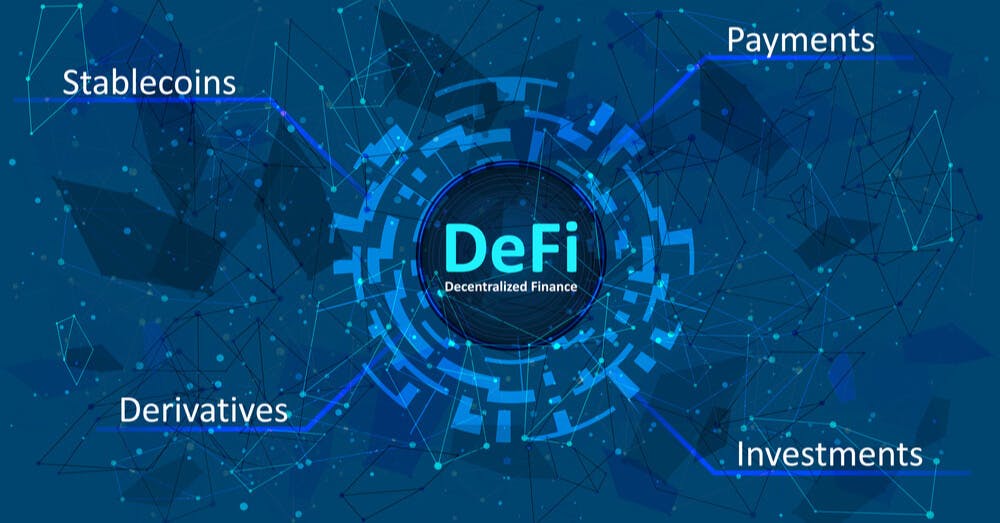Born in 1991, the web has continuously evolved and expanded. Web 1.0 was basically an online library. You could read all you wanted but you couldn't share. With the emergence of web 2.0 in 2004 this changed and the web became interactive.
Now web 3.0 is taking over so you could say it is the next big thing. The major quality that sets it apart from web 2.0 is its decentralised state made possible by the blockchain. While all this is fascinating it is important to answer the big question you are probably thinking about. How will web 3.0 change how I interact with the web?
Well with decentralisation comes a shift. Here are a few examples of these shifts from what you are used to to what's new and buzzing:
DAOs VS Centralised communities

Think of the biggest online community you are part of which has truly impacted you. While these communities are great they also come with leaders and managers that call the shots. But imagine you had a say in these descisions. That would be cool, wouldn't it?
Decentralised autonomous (DAOs) organisations would allow for this as they do not operate under a central authority and instead are a form of member-owned communities with their program rules as well as financial records maintained on the blockchain!
NFTs

If there's one thing that is making waves in the web 3 space it is nonfungible tokens. An nft is essentially a digital asset and it is unique in that only a single copy of it exists. So you could compare it to the painting of monalisa hanging in the Louvre, of which there is only one. Not to worry if you are clueless on the blockchain but want to get into NFTs with companies like Nestcoin you will have access to free entry in the nearest future.
DEFI VS Banks

Banks essentially act intermediaries through which you can make transactions with other parties. While they have been great, decentralised finance built in secure distributed ledgers is here to eliminate the need to use banks. This gives you better control over your money and cuts out most of those annoying bank charges.
These and many other use cases demonstrate the shift towards web 3 and evolution of the web. So wait. Who is building web 3? Well that is one area where you could actually find common ground. It is still being built by web 2.0 developers although they have to skill up and learn about relevant technologies to build on web 3.0. The needed training is what initiatives such as Blockgames(by nestcoin in partnership with the zuri team) have set out to provide.
So will web 2.0 be wiped out completely as web 3.0 becomes bigger and gains more traction? Let’s wait and see!
